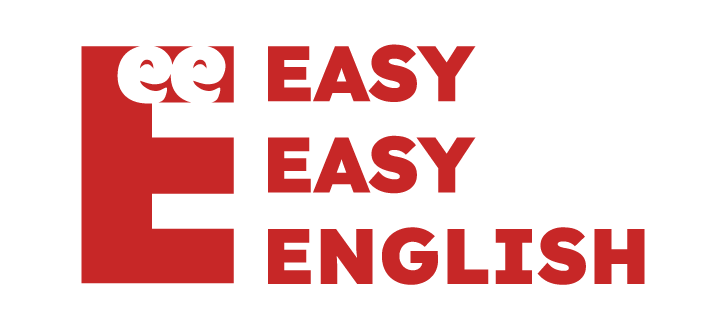Punctuation marks in English play a crucial role in conveying meaning, emphasizing parts of a sentence, and making our writing clearer. However, they can also be a common source of confusion. Let’s embark on a journey to understand and correctly use these tiny yet powerful symbols.
Primary Punctuation Marks and Their Uses
- Period (.)
- Marks the end of a sentence.
- Example: She likes to read.
- Question Mark (?)
- Indicates a direct question.
- Example: How are you?
- Exclamation Point (!)
- Expresses strong emotion or surprise.
- Example: What a beautiful sunset!
- Comma (,)
- Separates items in a list, clauses, or introductory elements.
- Example: I bought apples, oranges, and grapes.
- Semicolon (;)
- Links two closely related independent clauses.
- Example: She wanted to leave; he wanted to stay.
- Colon (:)
- Introduces a list, quote, or a further explanation.
- Example: There are three colors: red, blue, and green.
- Apostrophe (‘)
- Indicates possession or omission of letters.
- Examples: It’s a sunny day. (It is) / John’s car is new.
- Quotation Marks (” ” or ‘ ‘)
- Enclose direct speech, titles, or words used in a special sense.
- Example: She said, “I’ll be there soon.”
- Parentheses ( )
- Include additional information or clarifications.
- Example: He finally answered (after taking five minutes to think) that he did not understand the question.
- Hyphen (-)
- Joins words or parts of words.
- Example: Twenty-three.
- Dash (—)
- Indicates an abrupt change or emphasizes additional information.
- Example: He is the one — and only — person for the job.
Understanding Common Confusions
- Comma Splices: Avoid using commas to connect two independent clauses without a conjunction. Instead, use a semicolon or break it into two sentences.
- Incorrect: She likes coffee, he likes tea.
- Correct: She likes coffee; he likes tea.
- Apostrophe Use: Don’t confuse its (possessive) with it’s (it is or it has).
- Incorrect: The dog wagged it’s tail.
- Correct: The dog wagged its tail.
- Quotation Marks: In American English, periods and commas go inside the quotation marks, while other punctuation marks go outside unless they’re part of the quoted material.
Tips for Effective Punctuation Usage
- Read Aloud: Your natural pauses often align with where punctuation should go.
- Proofread: Always review your writing to check for punctuation errors.
- Practice with Different Texts: Write stories, essays, and short paragraphs to exercise diverse punctuation usage.
- Use Tools: Grammar and punctuation checkers can help, but don’t rely solely on them.
While mastering punctuation might seem daunting, understanding its rules and purpose can make the task much simpler. Proper punctuation ensures that your message is conveyed clearly and effectively, elevating the quality of your communication. Embrace the challenge, and soon these small marks will become powerful allies in your English writing journey.

Leave a Reply